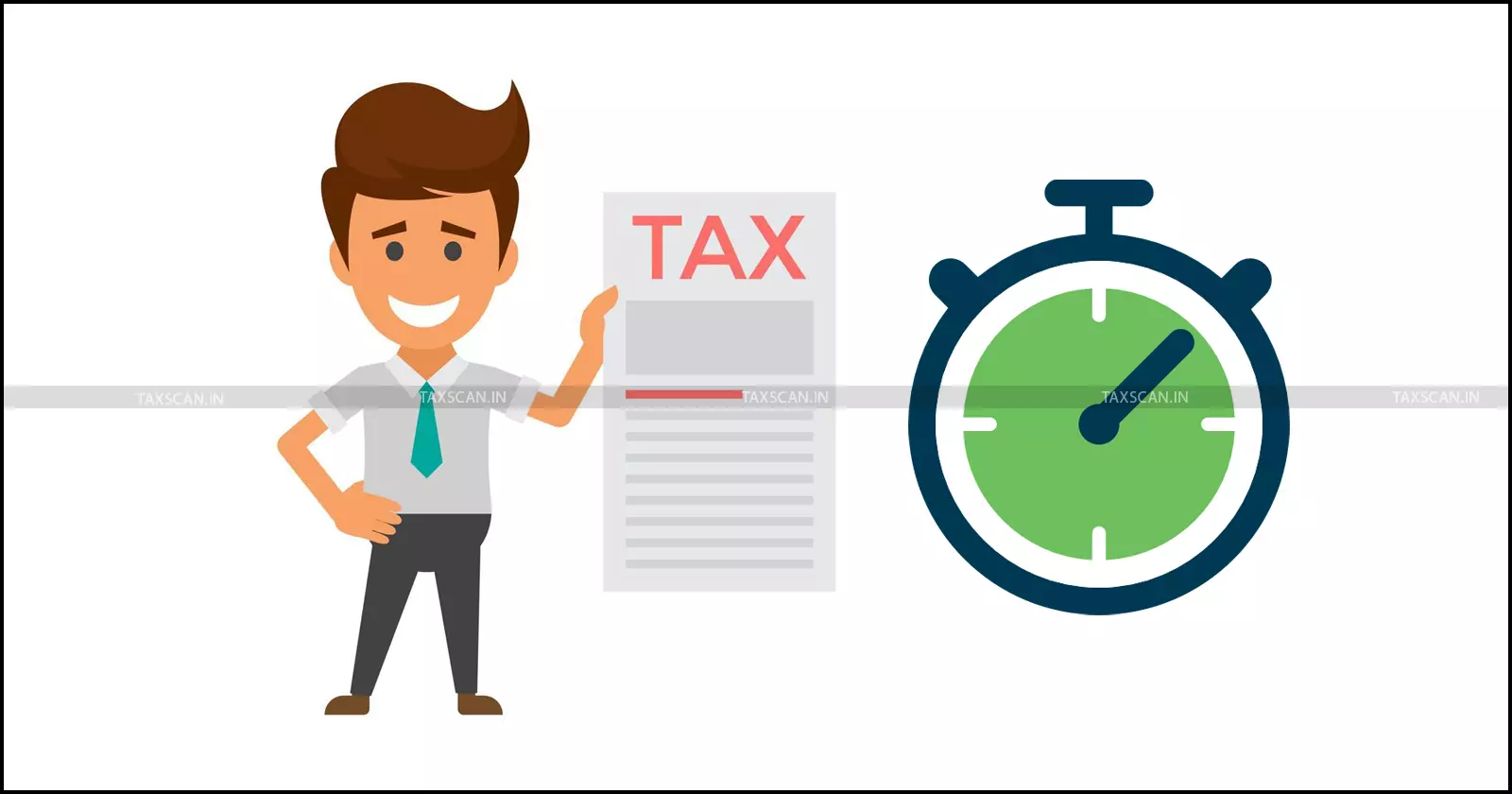Countdown to 15th September: Here’s what Every Income Taxpayer Should Know
7.28 crore Income Tax Returns (ITRs) were filed in Assessment Year (AY) 2024-25, a rise from 6.77 crore returns in AY 2023-24.

For Indian taxpayers, filing income tax returns (ITRs) is a requirement, which must be religiously filed every year. It allows individuals and businesses to declare income, record taxes paid, and claim eligible refunds in addition to carrying out a statutory obligation.
It also acts as a legitimate source of income, which is necessary for obtaining visas, applying for bank loans, and building financial credibility. For FY 2024-25 (AY 2025-26), the Central Board of Direct Taxes (CBDT) has extended the ITR filing deadline for non-audit taxpayers to 15 September 2025, shifting it from the usual 31 July.
This deadline extension provides relief for individuals, HinduUndivided Families (HUFs), and small entities that are not subject to tax audit requirements.
ITR Deadline
The due date for filing Income Tax Returns for non-audit cases is set as 15th September 2025.
Who Falls Under Non-Audit Tax Filing?
Non-audit cases include taxpayers who are not required to have their accounts audited under the Income Tax Act. Broadly, this category covers:
- Individuals and HUFs with income from salary, pension, house property, capital gains, or other sources.
- Small businesses and professionals under presumptive taxation schemes (Sections 44AD, 44ADA, 44AE), provided their turnover does not exceed the prescribed audit thresholds.
Such taxpayers typically file under ITR-1 to ITR-4, depending on their income profile.
Benefits/Importance of Filing ITR
- For Individuals:
- verified income proof for banks and financial institutions.
- Helps secure visas and facilitates international travel.
- Timely refunds of excess tax deducted atsource (TDS).
- carry-forward of losses to offset future income.
- Expands the tax base and increases revenue collection.
- vital data for economic planning, subsidy distribution, and policy decisions.
- Transparency and reduces black money circulation.
- For the Government:
Late Filing Fees and Interest Charges
Failure to file before the 15 September deadline can prove costly:
- ₹5,000 penalty under Section 234F if the return is filed late.
- Reduced penalty of ₹1,000 if total income is below ₹5 lakh.
- 1% monthly interest on unpaid tax under Sections 234A, 234B, and 234C.
Who Should File an ITR?
Every taxpayer whose income crosses the basic exemption limit must file an ITR. Filing is also mandatory if:
- You want to claim a tax refund.
- You seek income proof for loans, business contracts, or visas.
- You wish to carry forward losses for set-off in subsequent years.
- Eligible: Residents earning up to ₹50 lakh from salary, one house property, or other income (like bank interest). Agricultural income allowed up to ₹5,000.
- Not Eligible: Income exceeding ₹50 lakh, more than one house property, capital gains above thresholds, business/profession income, foreign assets, or directorships.
- Eligible: Taxpayers with income from salary, capital gains, house property, and other sources but not from business or profession.
- Not Eligible: Those with business or professional income, or remuneration/interest from a partnership firm.
- Eligible: Taxpayers earning income from business or profession, including partnership income.
- Not Eligible: Individuals eligible for ITR-1, 2, or 4.
- Eligible: Residents (Individuals, HUFs, Firms excluding LLPs) with presumptive income under Sections 44AD/44ADA/44AE, with income from salary, one house property, or other sources.
- Not Eligible: Those with income over ₹50 lakh, more than one house property, capital gains, foreign income/assets, directorships, or unlisted shares.
Practical Case Studies in Forensic Accounting & Corporate Fraud Investigation - Click Here
Categories of ITR Forms for AY 2025-26ITR-1 (Sahaj): For Salaried Individuals
● Eligible: Residents earning up to ₹50 lakh from salary, one house property, or other income (like bank interest). Agricultural income allowed up to ₹5,000.
● Not Eligible: Income exceeding ₹50 lakh, more than one house property, capital gains above thresholds, business/profession income, foreign assets, or directorships.
ITR-2: For Individuals and HUFs Without Business Income
● Eligible: Taxpayers with income from salary, capital gains, house property, and other sources but not from business or profession.
● Not Eligible: Those with business or professional income, or remuneration/interest from a partnership firm.
ITR-3: For Individuals and HUFs With Business/Profession Income
● Eligible: Taxpayers earning income from business or profession, including partnership income.
● Not Eligible: Individuals eligible for ITR-1, 2, or 4.
ITR-4 (Sugam): For Presumptive Income
● Eligible: Residents (Individuals, HUFs, Firms excluding LLPs) with presumptive income under Sections 44AD/44ADA/44AE, with income from salary, one house property, or other sources.
● Not Eligible: Those with income over ₹50 lakh, more than one house property, capital gains, foreign income/assets, directorships, or unlisted shares.
Old vs. New Tax Regime (FY 2024-25 / AY 2025-26)
Taxpayers must choose between the Old Regime and the New Regime:
- Old Regime: Higher tax rates but multiple deductions and exemptions (e.g., 80C investments, medical insurance, home loan interest).
- New Regime (Default): Lower tax rates, fewer exemptions, and simpler compliance. From FY 2023-24 onwards, this is the default system, but taxpayers may switch to the old regime if it is more beneficial.
Filing Process: Step by Step
- Visit www.incometax.gov.in.
- Log in using PAN/Aadhaar and password.
- Go to e-File, then Income Tax Return and finally File Income Tax Return.
- Select AY 2025-26 and choose the correct ITR form.
- Review pre-filled details (salary, TDS, interest income).
- Add missing income/deductions and select tax regime (Old/New).
- Submit return and complete e-verification using Aadhaar OTP or other available methods.
ITR Filing Counts So Far
7.28 crore Income Tax Returns (ITRs) were filed in Assessment Year (AY) 2024-25, a rise from 6.77 crore returns in AY 2023-24. This is an exceptional 25% rise from AY 2022-23 and a 7.5% year-over-year growth.
Support our journalism by subscribing to Taxscanpremium. Follow us on Telegram for quick updates


